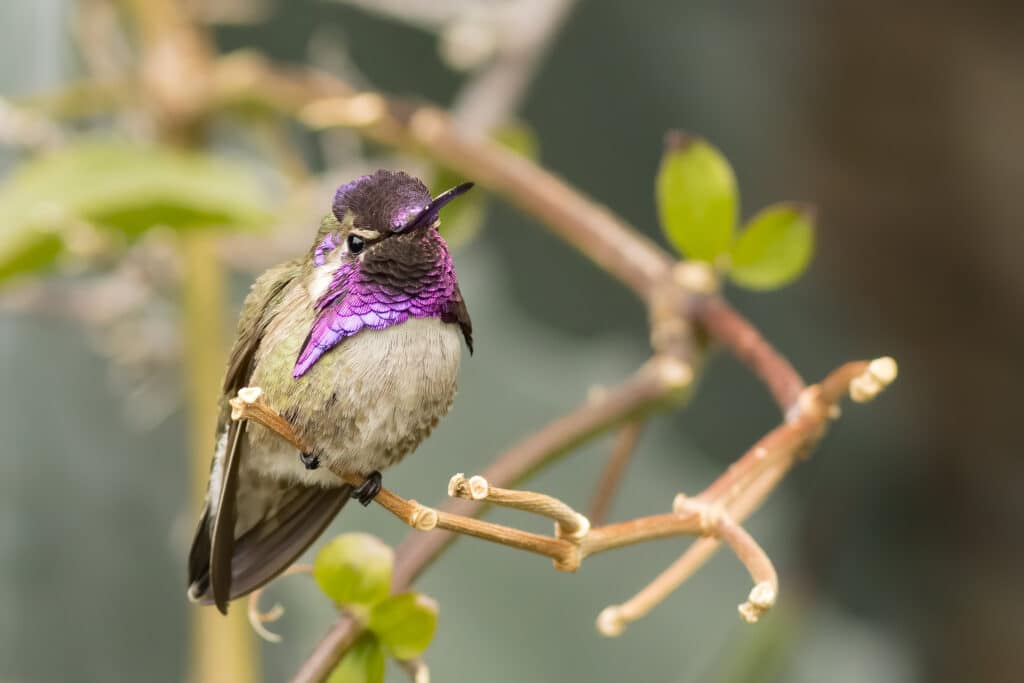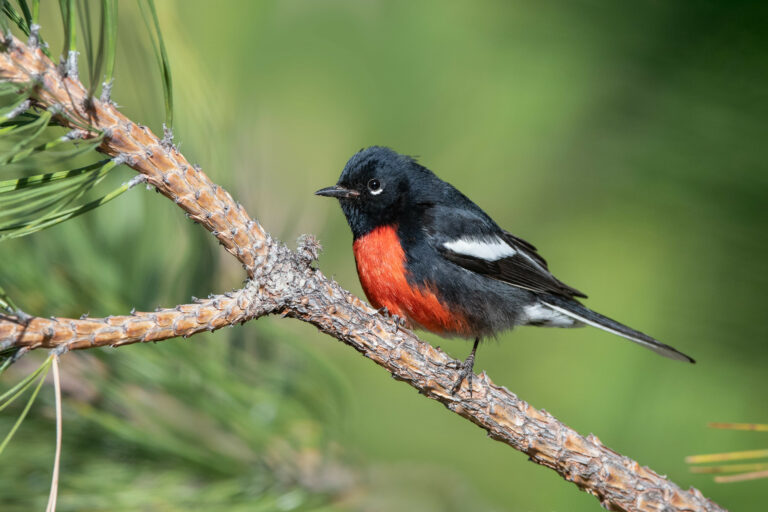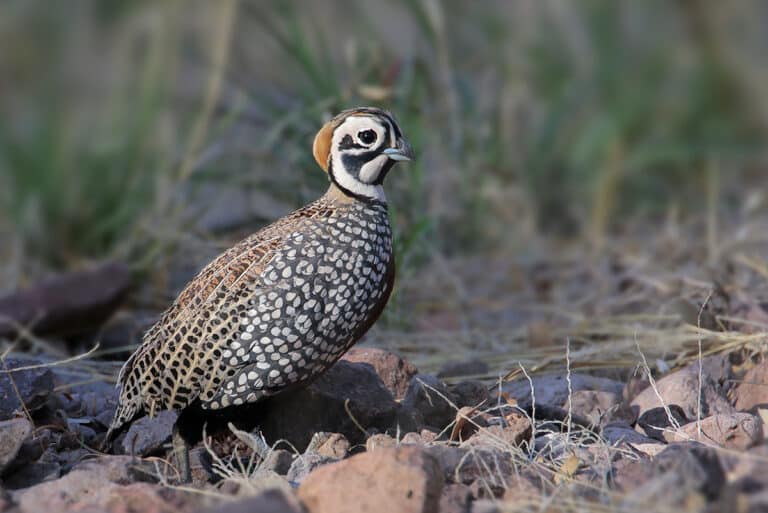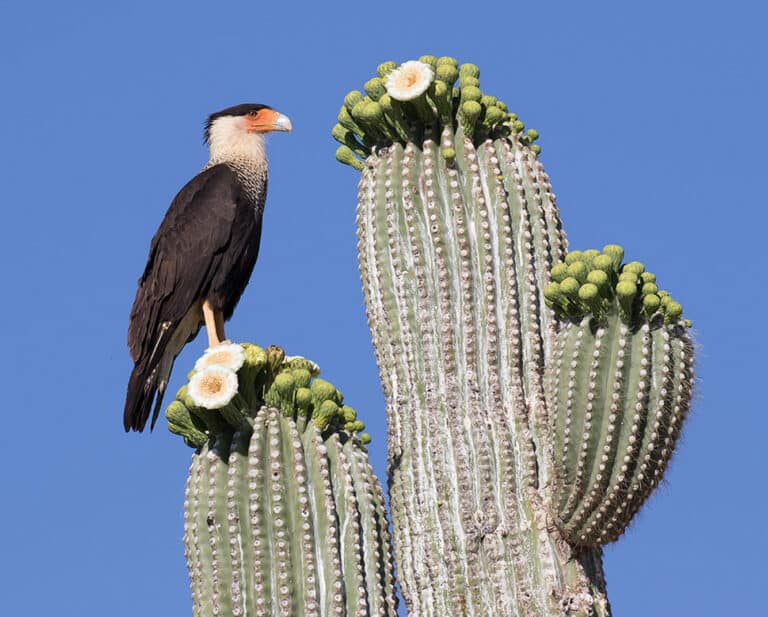You’ve probably been out walking in the Sonoran Desert and heard the high pitched ssssiiiiiiiiiuu song of a Costa’s Hummingbird, not realizing it was coming from this tiny bird with a big iridescent purple mustache (listen to the sound here).
In courtship display, the male flies high, then zooms down past a perched female and climbs again, making this shrill, high-pitched whistle during the dive—it’s great fun to watch if you can spot one!
In Arizona and California deserts, this species nests during late winter and spring, and most then avoid the hot summer by migrating to coastal California and Baja, Mexico. By July and August it gets pretty tough to find a Costa’s Hummingbird around Tucson. In October, birds start to return to the region to take advantage of fall flowering plants such as chuparosa.
Male Costa’s Hummingbirds are not a problem to identify, but the females are very similar to female Anna’s and Black-chinned Hummingbirds. Costa’s are quite a bit smaller and have a rounded, hunched over look, and their bills are short and straight.
Spring is a great time to find Costa’s Hummingbirds in Tucson before they head to the beach! Put up a feeder in your yard or plant some native, tubular-shaped flowers and they’re sure to show up. Then listen for that whistle!




